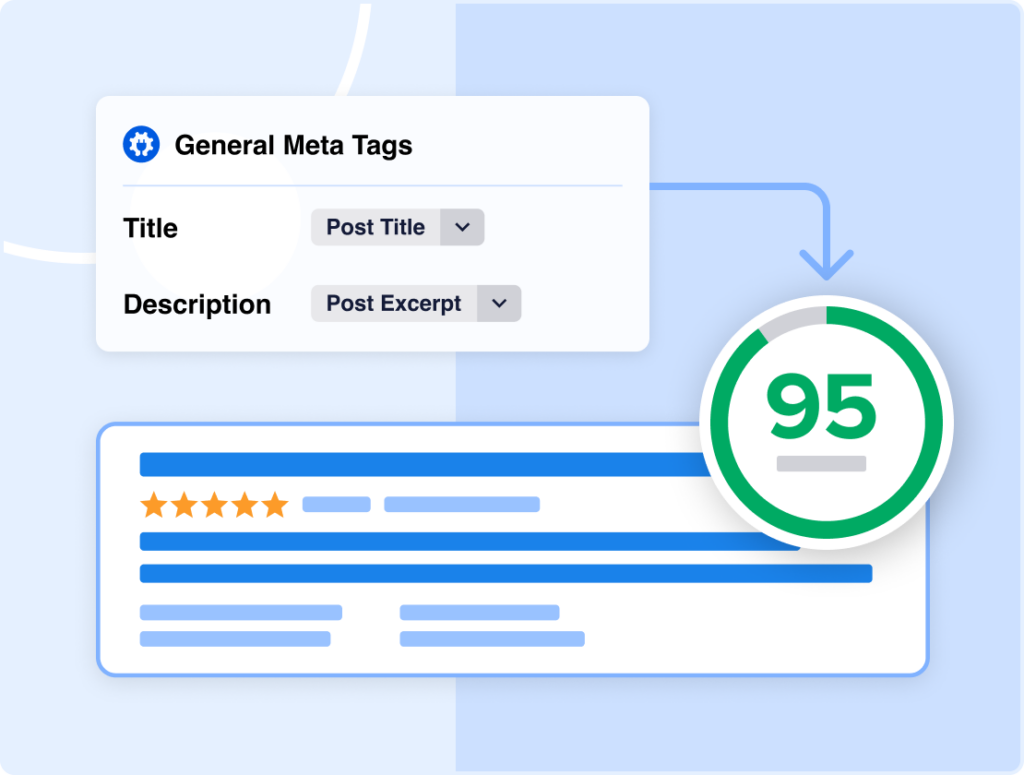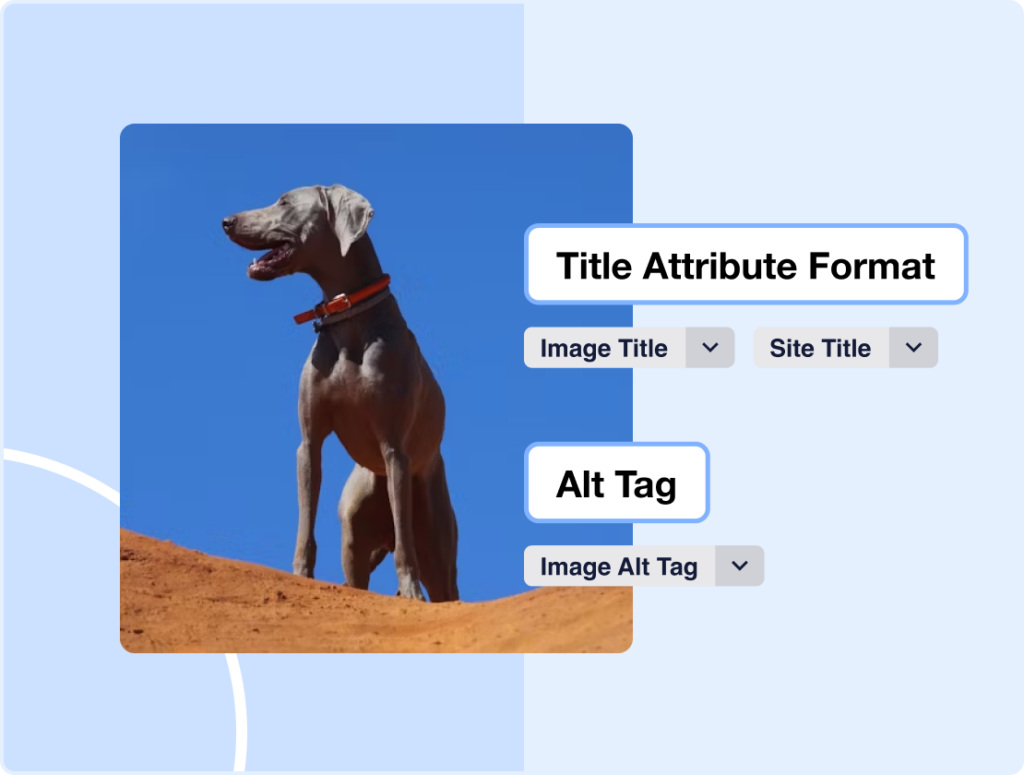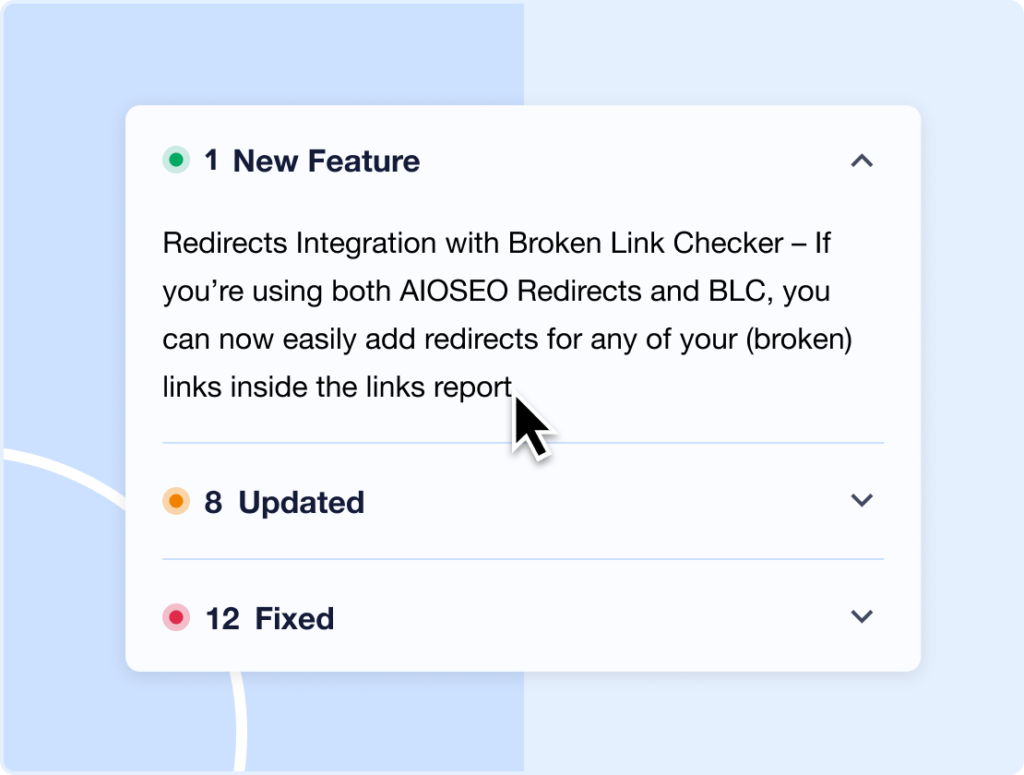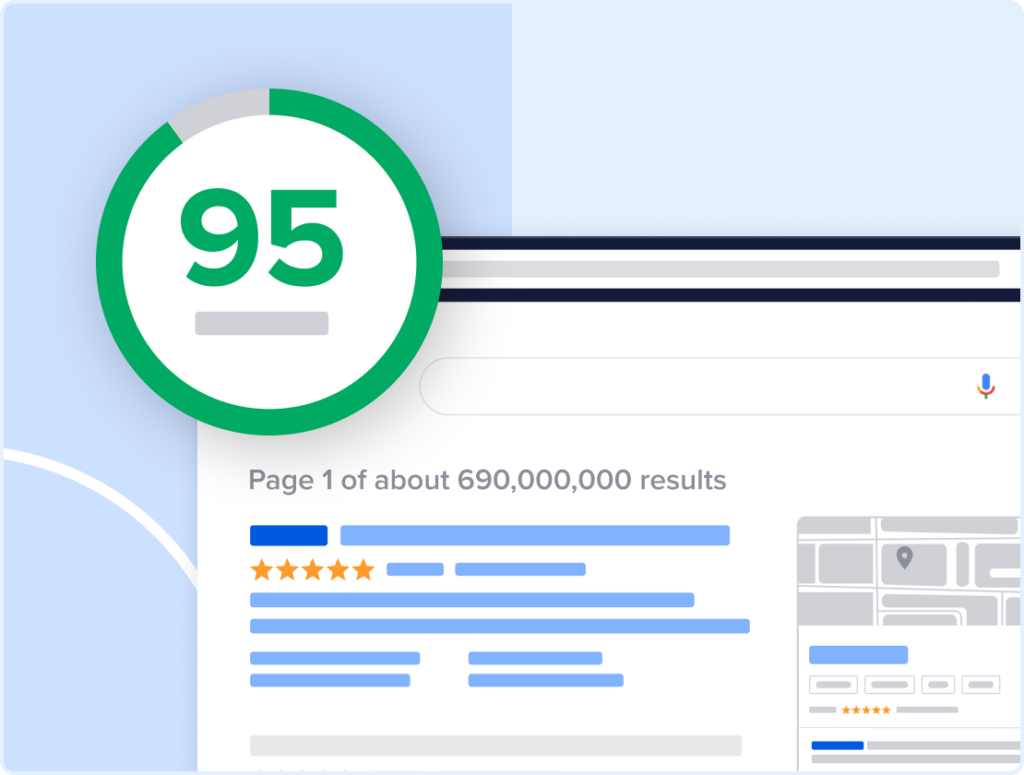Full Toolkit for WordPress WooCommerce SEO
Optimize all the essential settings of your e-commerce store with one easy-to-use tool.
Target, track, and rank for the most valuable keywords in your niche.
Optimizer
(Schema)
Sitemaps
SEO
SEO
Modules


All-in-One SEO is a great product. I have been using it on all my WP sites for several years. I highly recommend it.

Robust without nagging or bloat. All-in-One SEO has been my go-to SEO plugin for over a decade. It was the first one I used, though I later tried some others. But I’ve come back to All-in-One time and again.

10 years using it allows me to say it is the best SEO plugin out there, we even have it in a yearly automated renewal basis. Keep up the great work!

Time-Saving Features for Increasing Your Store’s Traffic
Spend less time optimizing your site, and improve your product’s chances of appearing in the shopping carousel.

Add Meta-tags to Every Page Instantly
Set site-wide defaults to add compelling meta-tags to every page. Besides ranking higher, your pages will also attract more clicks.
Win Shoppers With High-Ranking Images
Showcase your products to buyers by optimizing every picture. Adding crucial information like title tags, descriptions, and more takes seconds with AIOSEO.

Make Your Products More Visible in Search Results
Join over 3 million website owners who are getting found more easily with AIOSEO.
The WooCommerce SEO Plugin for Total Optimization
Make sure every part of your site contributes to higher traffic and sales.
3 Reasons WooCommerce Store Owners Love AIOSEO
Here’s why AIOSEO is the right, reliable WooCommerce optimization plugin for your store to reach its full potential.

Get Fast, Friendly Expert Support
AIOSEO’s top support rankings speak for themselves. Whenever you need help, reach out to us for prompt support.
Stay a Step Ahead of Competitors
Keep your content strategy ahead of the competition with new features from the AIOSEO team. Even WordPress and Google updates are no threat to your rankings.


See Measurable Improvements in Your Rankings
The AIOSEO dashboard shows your site’s performance and keyword rankings in detail. Know exactly how your store is performing and catch issues with enough time to address them.
Top Rated Plugin + Exceptional Customer Support
Over 3 million websites use our WordPress SEO plugin to grow their traffic and revenue.
With over 3,000 5-star reviews, our support team has been recognized for industry-leading ratings from our customers.

Bring More Shoppers to Your Site
Rank for the most valuable keywords in your niche. Start optimizing your store today.
Frequently Asked Questions and Resources
Do you have a question about AIOSEO? See the list below for our most frequently asked questions. If your question is not listed here, then please contact us.
Yes. You can use AIOSEO to make sure your site is optimized for mobile devices, and that’s essential because mobile traffic tends to surpass desktop traffic.
Of course. Our social media integrations for Facebook, Twitter, and more improve the appearance and discoverability of your products.
With automatic alt tags, your product images become more visible on search results without you having to invest time into improving them.
AIOSEO’s optimizes site speed and offers rich snippet integrations, which increases user engagement and stops visitors from bouncing off.
AIOSEO automatically improves the visibility and structure of your WooCommerce breadcrumbs, which adds to both the user experience and ranking potential.
Yes, AIOSEO comes with a redirection manager that identifies all your broken links across your store. You can fix them with a single click.
You do. And this can help you add schema markup to your WooCommerce products for better visibility and click-through rates from search results.